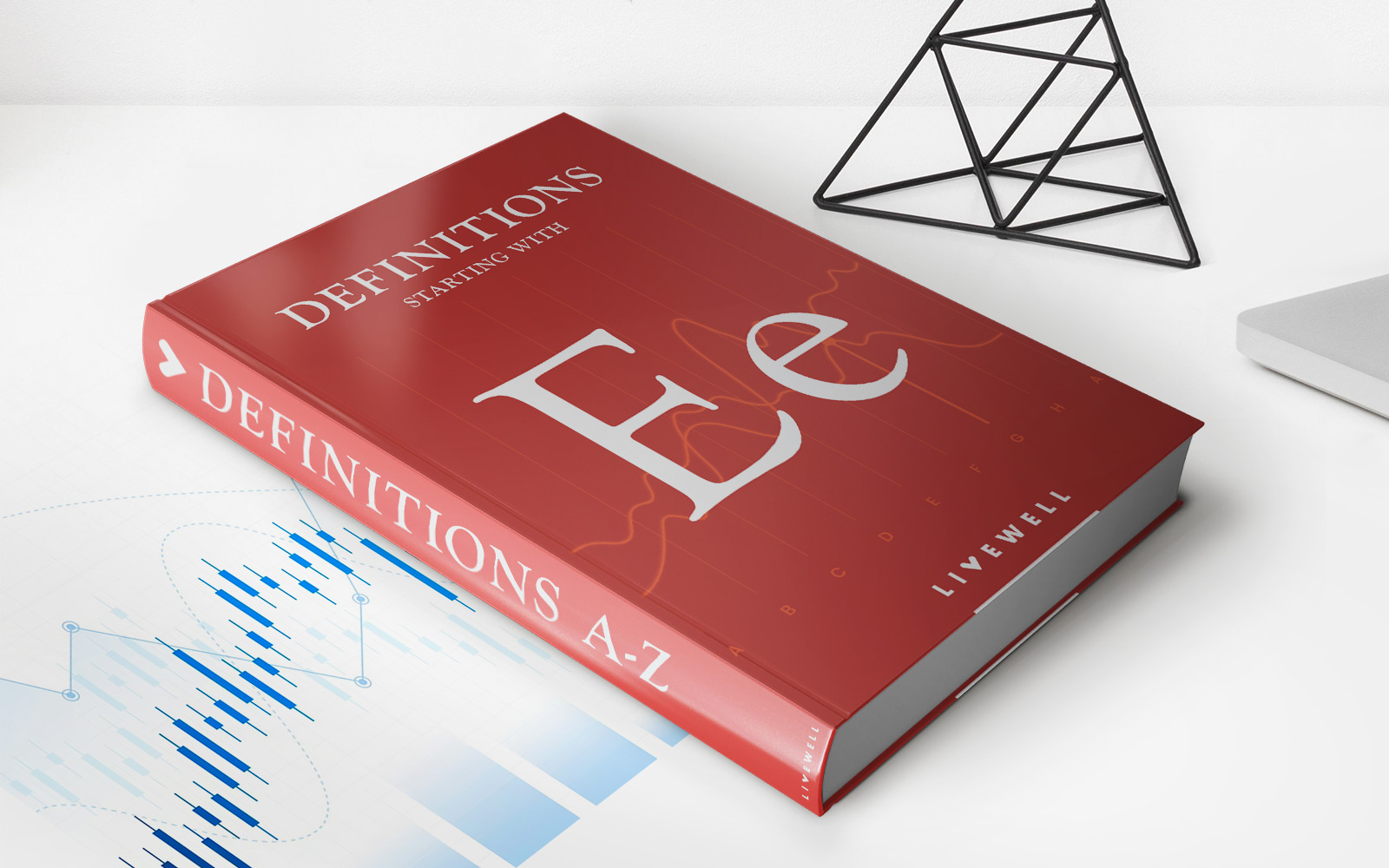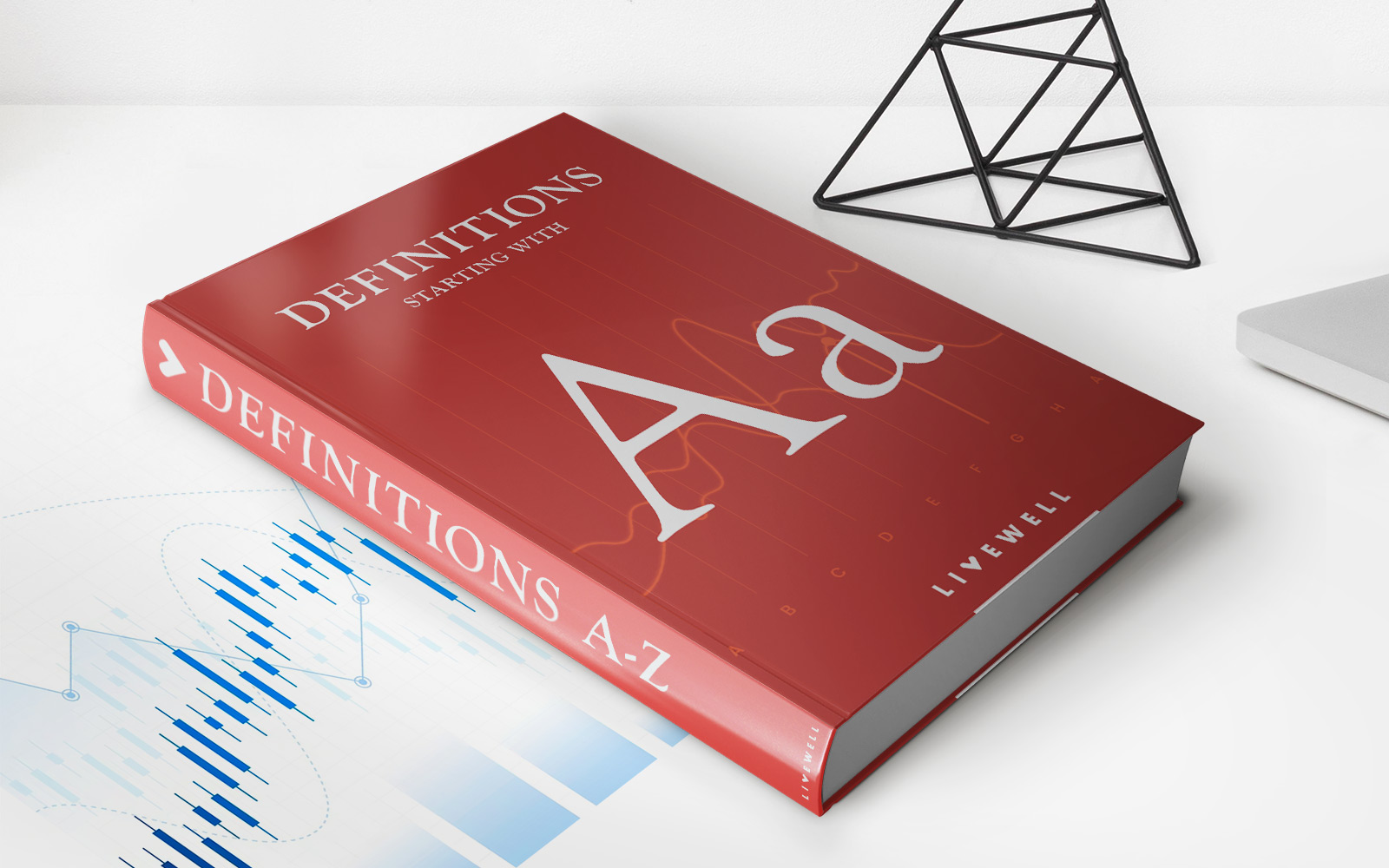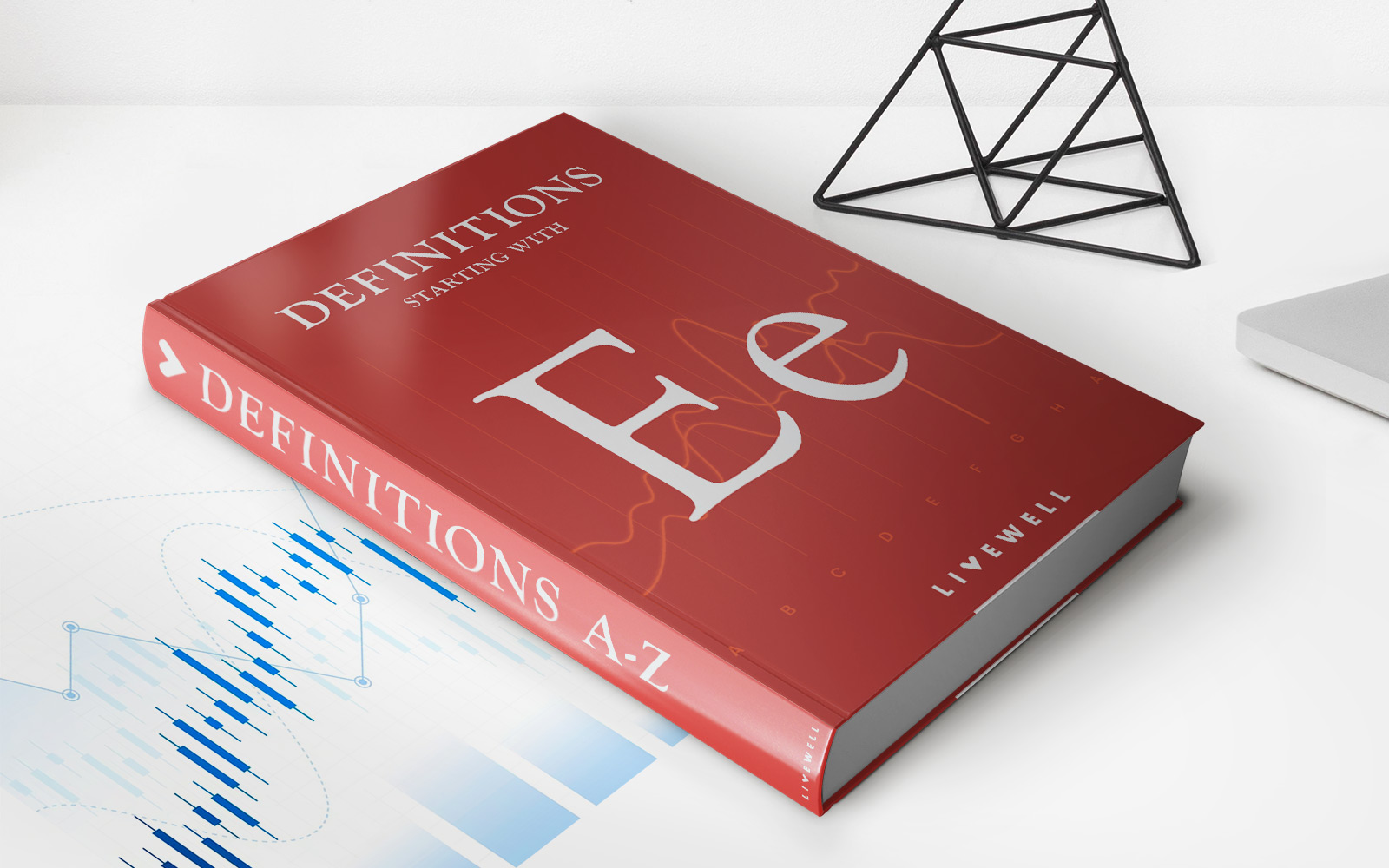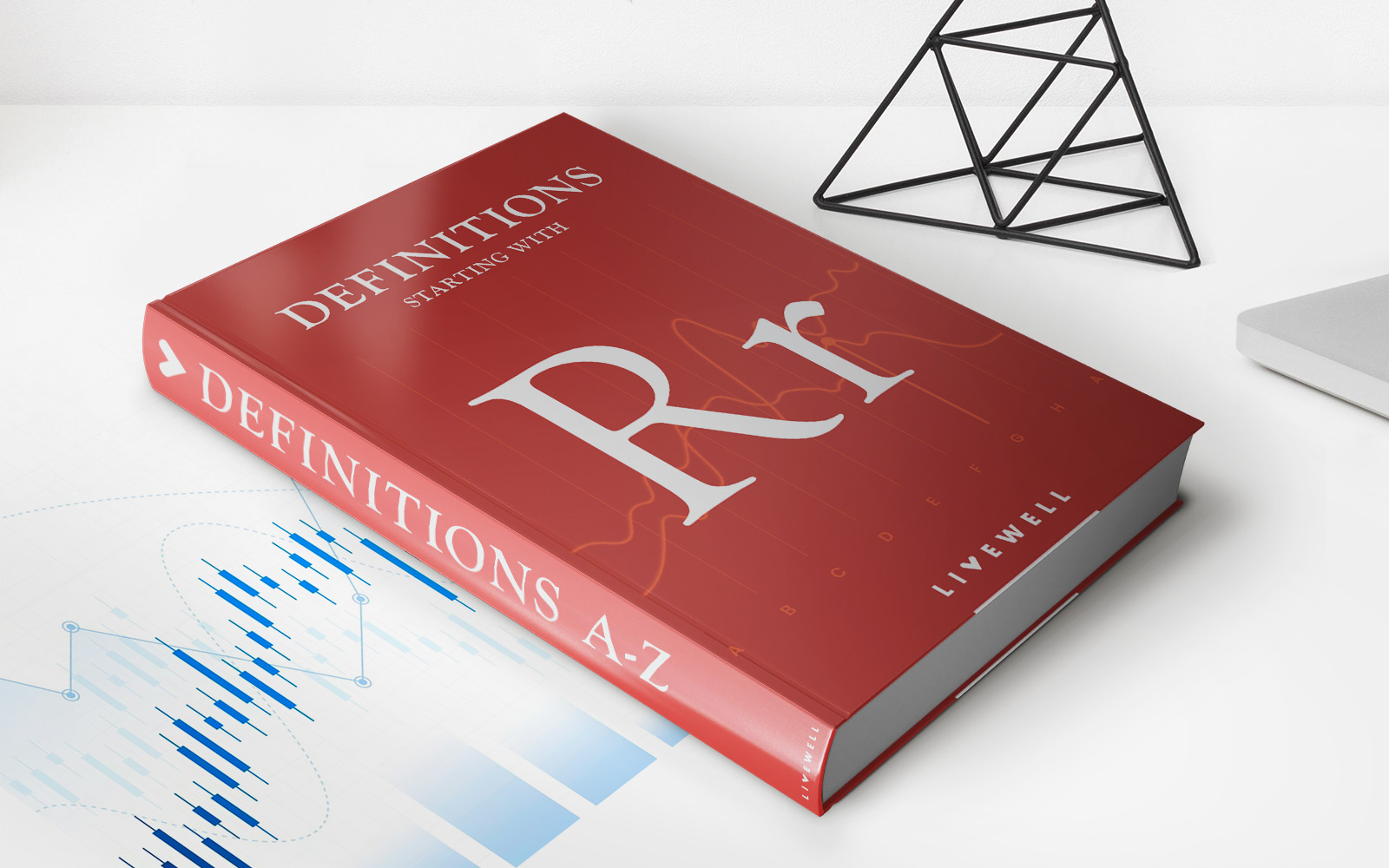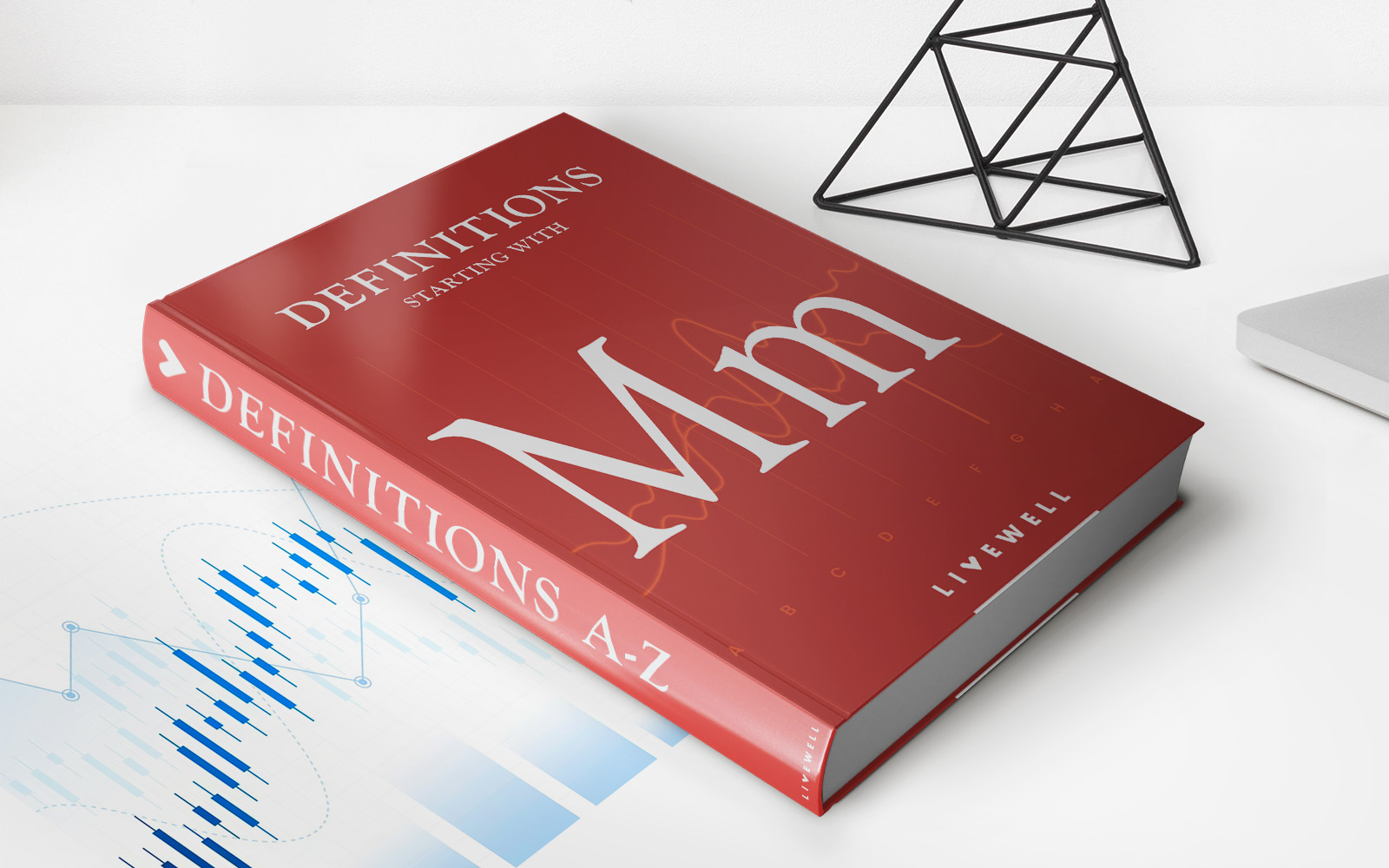

Finance
Contra Account Definition, Types, And Example
Modified: December 12, 2023
Learn about the definition, types, and examples of contra accounts in finance, an essential concept for understanding financial statements and transactions.
(Many of the links in this article redirect to a specific reviewed product. Your purchase of these products through affiliate links helps to generate commission for LiveWell, at no extra cost. Learn more)
Understanding Contra Accounts: Definition, Types, and Examples
Are you familiar with the concept of contra accounts? As an SEO expert, I’m here to shed some light on this topic for you. In simple terms, contra accounts are a type of accounting entry that is designed to offset or reduce the balance of another account on a company’s financial statement. This article will delve deeper into the definition, types, and examples of contra accounts.
Key Takeaways:
- Contra accounts are used to offset or reduce the balance of another account.
- They provide a more accurate representation of a company’s financial position.
Definition of Contra Accounts
A contra account functions as a complementary account to another account on a company’s financial statement. It is used to diminish the value of the associated account, providing a more accurate representation of a company’s financial position. Contra accounts are typically presented alongside their related accounts on a company’s balance sheet or income statement.
Types of Contra Accounts
There are various types of contra accounts, each serving a different purpose. Here are some common types:
- Allowance for Doubtful Accounts: This contra account is used to reduce the value of accounts receivable to show the realizable value. It is established to reflect the estimated amount of uncollectible accounts.
- Accumulated Depreciation: This contra account is used to reduce the value of an asset, such as property, plant, or equipment, as it depreciates over time. It allows for a more accurate representation of the asset’s net value.
- Discount on Bonds Payable: When a company issues bonds at a price lower than their face value, it establishes a contra account called “Discount on Bonds Payable.” This account offsets the Bonds Payable account, representing the reduction in liability.
- Reserve for Inventory Obsolescence: As the name suggests, this contra account is used to reflect the decrease in the value of inventory due to obsolescence or expiration. It ensures the inventory is reported at its net realizable value.
Examples of Contra Accounts
Let’s take a look at a couple of examples to understand how contra accounts work:
Example 1: Allowance for Doubtful Accounts
- The Accounts Receivable account has a balance of $10,000.
- The company estimates that 5% of its accounts receivable may not be collected.
- The company establishes an Allowance for Doubtful Accounts contra account with a balance of -$500 (5% of $10,000).
- The net value of Accounts Receivable is now $9,500 ($10,000 – $500).
Example 2: Accumulated Depreciation
- The company owns a piece of equipment with an original cost of $50,000.
- The equipment is estimated to have a useful life of 5 years.
- Each year, the company records a depreciation expense of $10,000.
- After 3 years, the Accumulated Depreciation contra account will have a balance of $30,000 ($10,000 x 3 years).
- The net value of the equipment is now $20,000 ($50,000 – $30,000).
By using contra accounts, companies can provide a more accurate representation of their financial position. These accounts serve as a way to offset or reduce the balance of specific accounts, resulting in a clearer picture of a company’s assets, liabilities, and equity.
In Summary
Contra accounts are an essential component of accurate financial reporting. They offset or reduce the value of another account, allowing for a clearer representation of a company’s financial position. With types such as Allowance for Doubtful Accounts, Accumulated Depreciation, Discount on Bonds Payable, and Reserve for Inventory Obsolescence, companies can ensure their financial statements provide a true reflection of their assets, liabilities, and equity.
